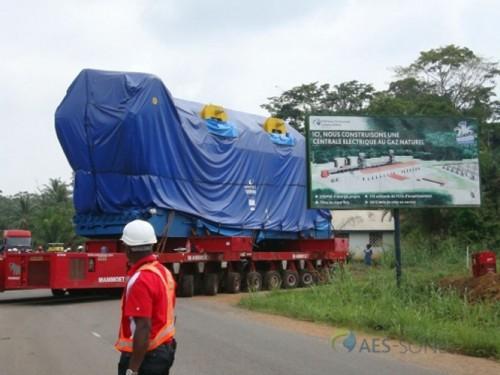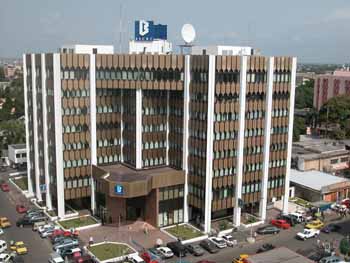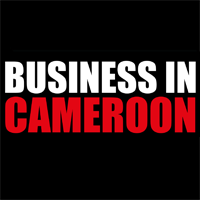
The awakening of the Cameroon banking sector: is it possible?

(Business in Cameroon) - The sudden interest for the Cameroon banking sector provokes a certain shiver.

"Our role should not only be limited to financing the import-export operations", says a young bank executive involved in the development of BICEC.
The appetite of the African banks
Still real, the French bank domination is about to fade. The arrival of African banking institutions (Nigerian, Moroccan and from Ivory Coast) should allow the redistribution of the cards.
A modernization born out of a long term consolidation Like all the Cameroonian economy, the banking sector has suffered from the crisis of the 80s that resulted over a long period of structural adjustment. Many banks have sunk in the late 80s and during the decade that followed. It is already the case of Cameroon Bank Corporation (SBC) which had a split-winding transfer in 1989 with the transfer of compromised debt and a merger of good assets with the Commercial bank of Credit Lyonnais (SCB-CL) . In the same year (1989) it was discussed the liquidation and closure of the Rural Development Fund (Fonadis), The Development Bank (BCD) of Cameroon, Banque Paribas (Paribas), Bank of Cameroon (Cambank) and the split-winding of the Bank of Credit and Commerce Cameroon (BCCC), with the transfer of good assets at Standard Chartered Bank Cameroon (SCBC). The year 1990 had its lot with the liquidation of the liabilities of the International Bank for Trade and Industry of Cameroon (BICICI). In November the same year as the minimum capital of banks has been raised from 300 million to 1 billion FCFA. An operation that help speed up the logic of consolidation. The division of the Meriden Cameroon Bank (MCB) and the International Bank for West Africa in Cameroon (BIAOC) have created the WB-BIAOC. In the 1990s, the harmonization of banking regulation in the CEMAC allowed players to consider now the future of the region. The sharp devaluation in 1994, accelerated the reserve of French banks towards a Cameroonian economy struggling to emerge from a strict regime of the IMF. Thus, the Banque Nationale de Paris (BNP) will withdraw its technical support to the International Bank for Trade and Industry of Cameroon (BICICI). In 1996, the WB-BIOC, after a merger, will be liquidated. It will be the same for the Credit Agricole du Cameroon, replacing the Fonade to be liquidated in 1997. The BICICI will be closed and replaced by BICEC, International Bank of Cameroon for savings and credit. The institution, majority owned by the state will be privatized simultaneously.
Environnement des Affaires
Mines et hydrocarbures
- Most read 7 days
- shared 1 month
- read 1 month
















